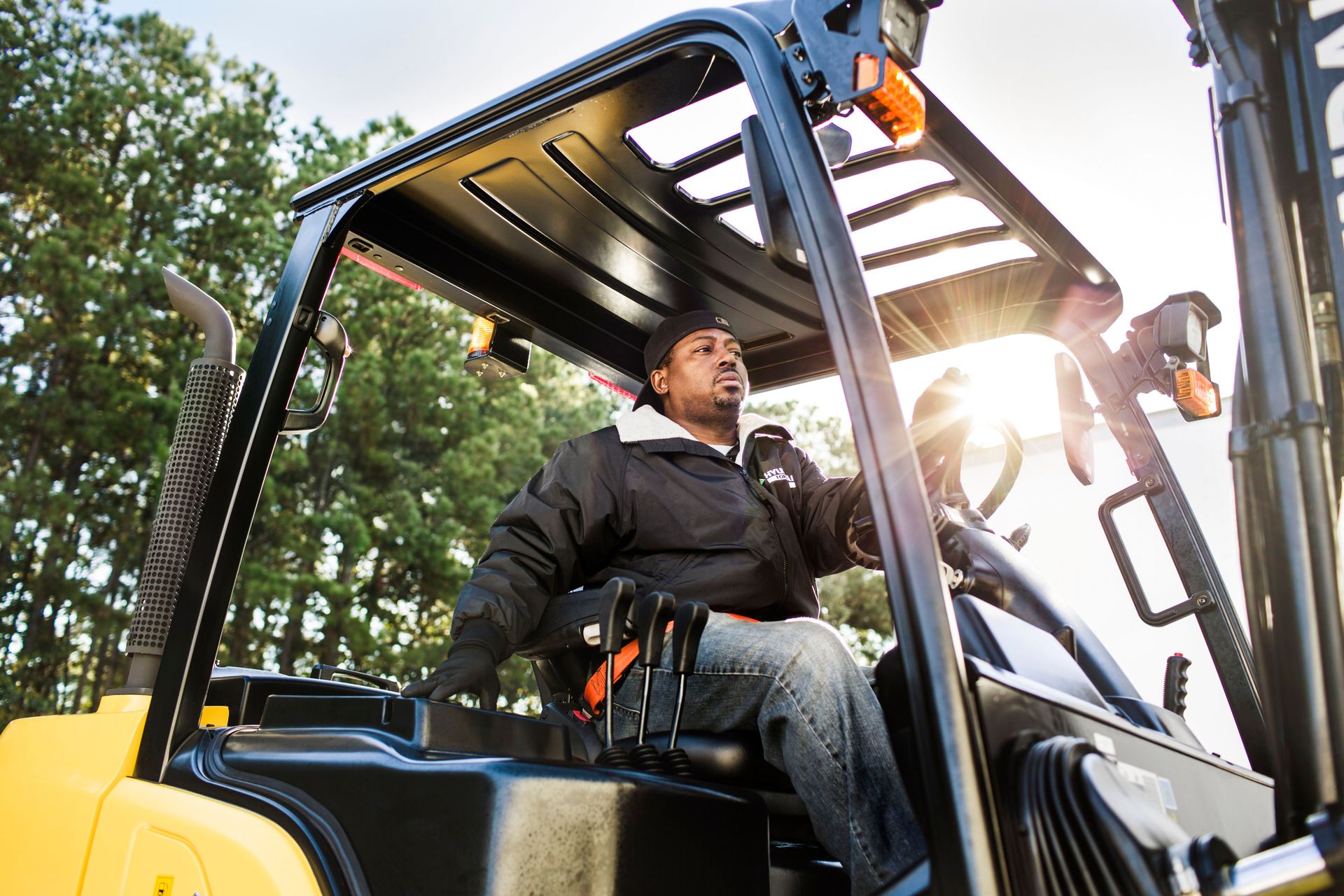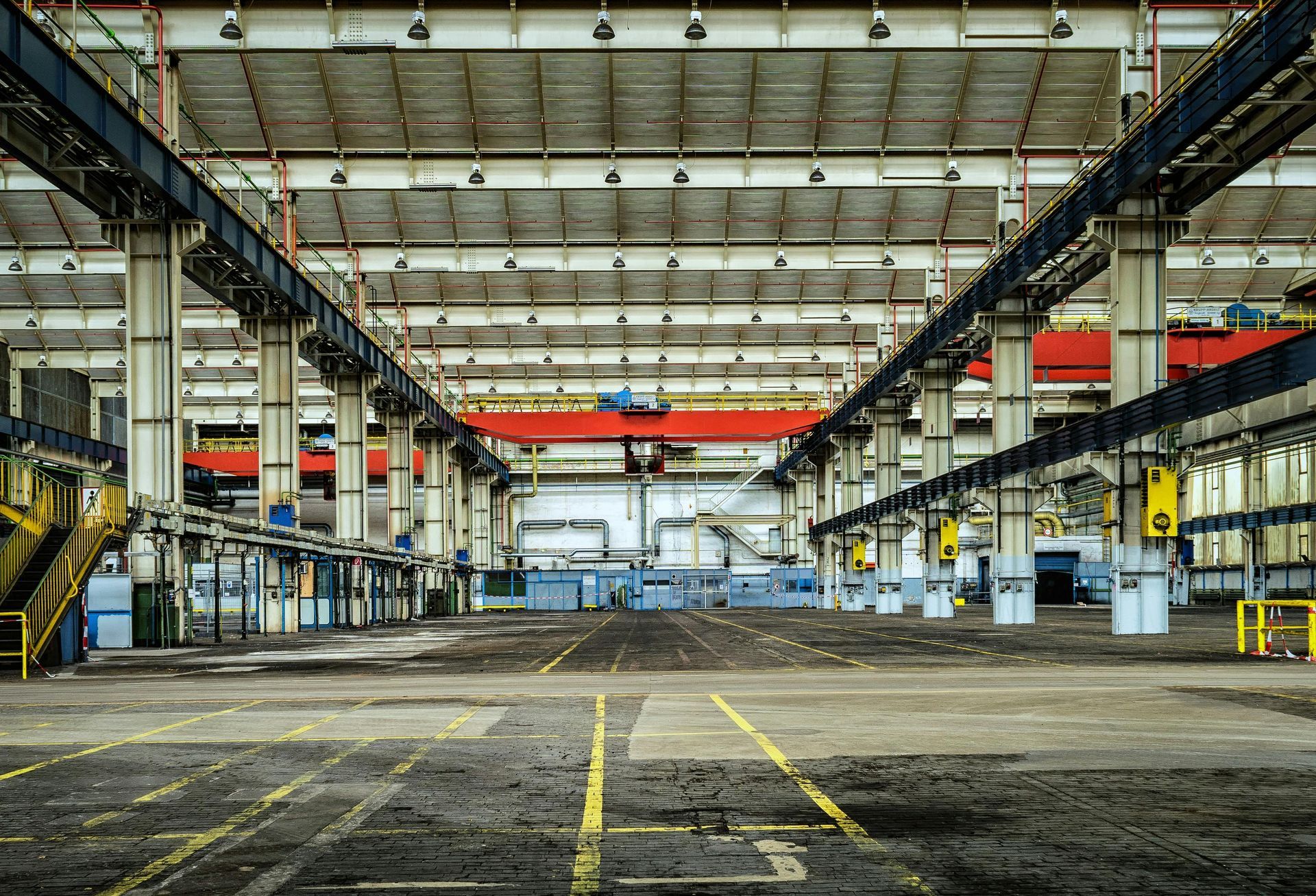Buying or Renting a Used Forklift: A Guide
Buying or Renting a Used Forklift: A Guide
Buying or Renting a Used Forklift: A Guide. When you think about the equipment that you rely on the most in your warehouse business, there is no question that the forklift will be one of the first things that come to mind. The fact is, the forklifts within your facility are one of the most basic pieces of equipment, but operating without them would prove to be a major challenge.
Whether you are short on forklifts and need more or you have some that need to be replaced, buying or renting a used forklift from a forklift dealer in St Louis can sometimes be more financially logical than investing in a brand new model. Use this guide to helpful information to ensure you get the most for your money when buying or renting a used forklift.
Will it be more logical for you to buy or rent a forklift?
This is the first question you should ask yourself as a business owner. Renting a forklift from a dealer can be a logical solution if you only need one for a short period of time. For example, if you are having the forklifts that you currently own refurbished, renting a few temporary replacements will allow you to keep business going as usual. However, if you are going to need a forklift for the long term, renting may not be the most financially viable option. When deciding if you should rent or buy a forklift, make sure you take into consideration how long you will need the forklift and what the budget is you have to work with.
Parts of a Used Forklift to Inspect before You Purchase
It is always important to buy a used forklift from a reputable dealer to ensure you get a piece of equipment that has been serviced well and ready to go. However, it is also your responsibility as the buyer of a used forklift to know what parts should be inspected before you hand over your money. Perform a complete assessment of the forklift by inspecting:
- the forks and mast for cracks, bends, and distortion
- the lift chains, mast rails, and cylinders for damage or warping
- the cowling, frame, and canopy for overall condition
- the cab and general operation components for condition and soundness
- the engine compartment for any leaks or signs of trouble
Questions to Ask Your St. Louis Forklift Dealer When Buying a Used Forklift
Once you have inspected the various components of the forklift, it is a good idea to ask a few questions. There are three primary questions you should ask when determining if the forklift you are looking at would be a good investment for your business.
- Is there a maintenance record available of prior service and inspection?
- How costly is that particular model to maintain? (Some models can be more costly because parts are harder to find.)
- Have any of the parts of the forklift been replaced or refurbished?
By approaching the task of buying or renting a used forklift in an educated way, you stand a better chance of making the best decisions. For more information about buying or renting a used forklift, contact is at Benco Industrial Equipment.
The post Buying or Renting a Used Forklift: A Guide appeared first on Benco Industrial Equipment.




